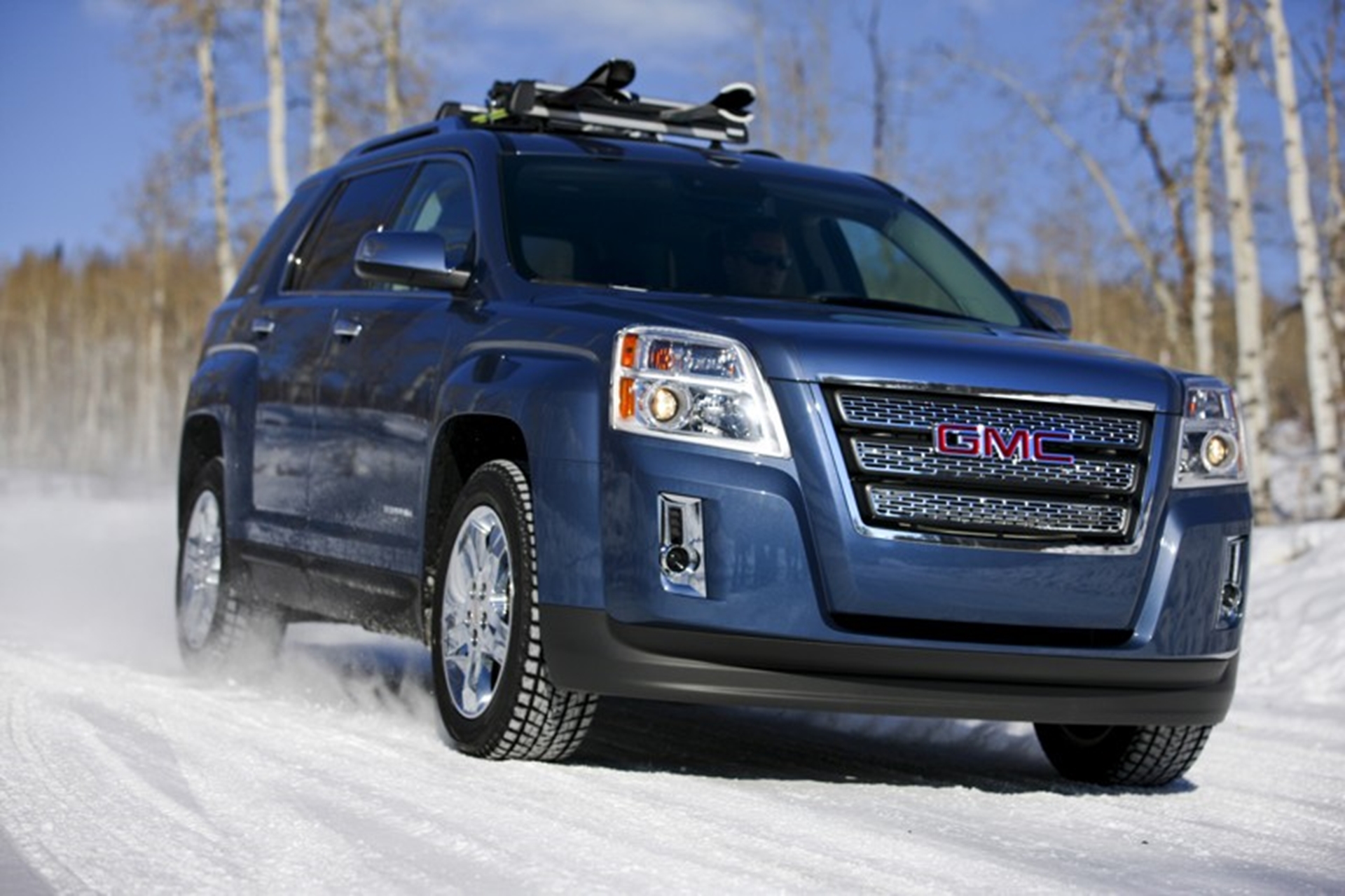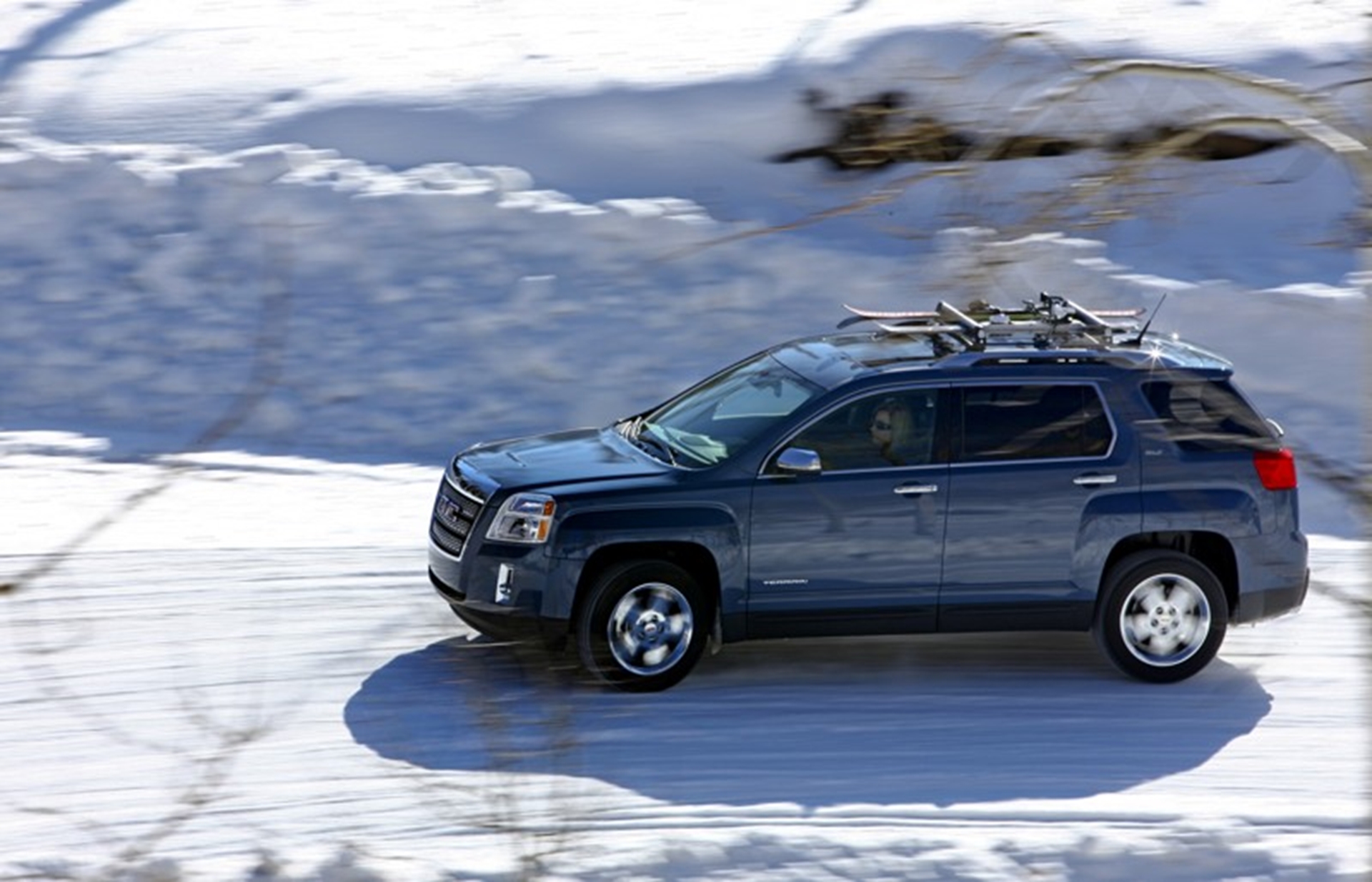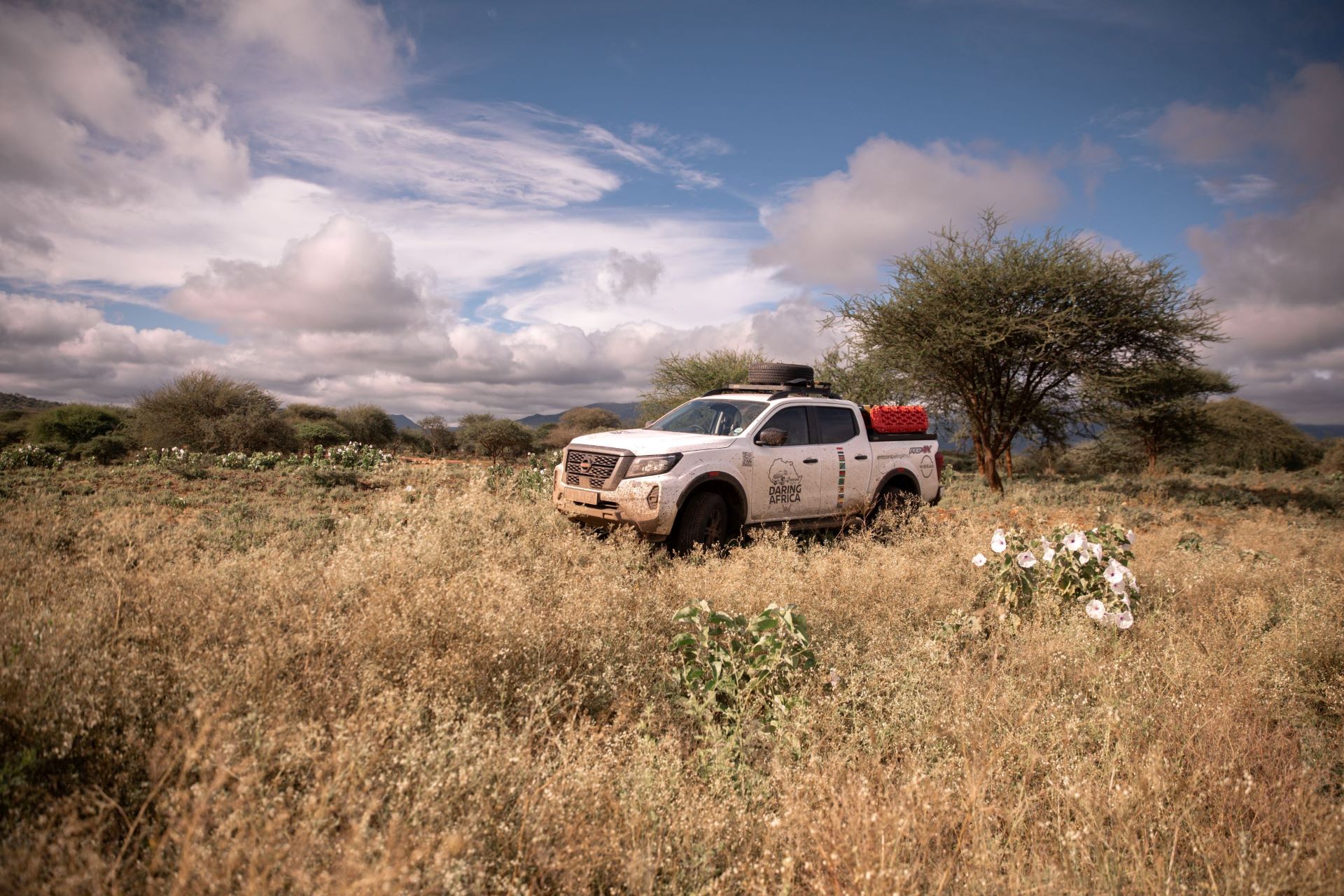DETROIT – Whether you’re commuting daily with a Terrain or headed to the worksite in a Sierra 2500HD, safety comes standard on every new GMC vehicle in the form of StabiliTrak with traction control, anti-lock brakes, tire pressure monitoring, and OnStar connectivity. Additionally, four-wheel or all-wheel drive systems are available on every GMC model.

When winter comes and roads get messy, the engineering that goes into every GMC is immediately apparent. But even the most-capable vehicles cannot overcome the laws of physics, so they need to be properly equipped for the upcoming 10-day forecast. That begins with a set of important supplies, but it includes the driver as well.
A vehicle’s preparedness starts with tires. Ensure they have adequate tread and air pressure, and never drive on summer tires when the temperatures drop. All-season tires are appropriate in most conditions, but if driving consistently on snow covered roads winter tires can offer more traction.

Many items can be packed away as helpful tools and emergency aids, but every vehicle should at least have some basics:
- Ice scraper to clear windshield, windows, and all snow off roof, which can otherwise blow off and impede other motorists.
- Jumper cables because batteries are more susceptible to power drains in cold- weather conditions.
- Cat litter or spare floor mat to be used for added traction if the vehicle gets stuck. A small shovel and a 50-foot tow strap are useful for freeing stranded vehicles, too.
Cell phone to call for outside help. And don’t forget to have a charger in the vehicle. GM vehicles equipped with OnStar also offer a built-in lifeline.
Emergency supplies including extra warm clothes or a blanket, a flashlight with extra batteries, food and water, and a small first aid kit
It’s important for the driver to be prepared as well. Find a comfortable seating position where the brake pedal can be depressed completely, controls are easy to reach, and then adjust the mirrors for optimum range of view. Also get in the mindset of keeping your fuel tank from going below a quarter-tank to avoid running out of gas.
Once on the road, staying safe is about execution. Making smooth, deliberate inputs to the brakes, throttle, and steering prevent unexpected vehicle movement, and keeping your eyes far down the road helps your brain prepare for both changes in the road and the actions of other drivers.
Being well rested is a good idea in any driving situation, but it’s especially important in winter when sharp responses are a necessity. Dress warm, but remember that thick boots or gloves can dull feedback from the steering and brakes. Additionally, overheating can lead to drowsiness.
Understanding road surfaces is also a good way to prepare for surprises. Test the brakes on a straight, flat section of road. If the vehicle’s ABS system makes a pulsing noise without much pedal pressure, slow your speed and use caution. Ice is the most unpredictable surface any driver will ever experience, becoming most dangerous at temperatures of about 30 degrees and higher, when ice could be covered by a thin layer of water.
It is estimated that if a smooth, dry, paved road is considered a 100-percent traction situation, a paved road with fresh or packed snow generally has 50 percent of that grip available. When a road is covered by ice, that percentage drops to around 25 percent, and when that ice is covered by water or slush, the percentage is even lower. Road surfaces like dirt, gravel, or broken pavement offer lower traction on warm dry days, so even more caution must be taken in winter conditions.
Winter can catch even the most-experienced drivers by surprise. Having many winters behind you is helpful, but having a great vehicle, the proper tools, and good technique is key to making it through to another summer. It’s better to be over-prepared than over-confident.


